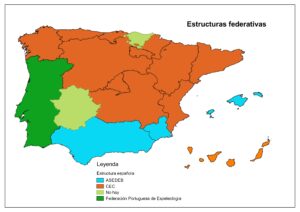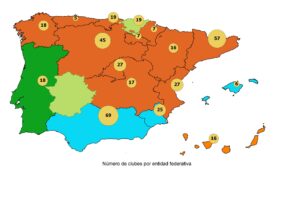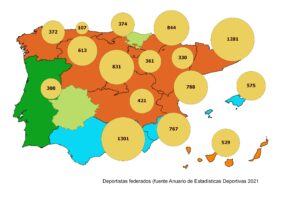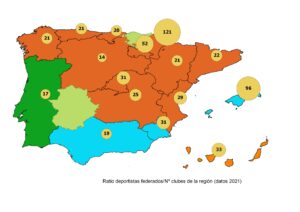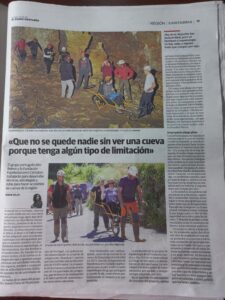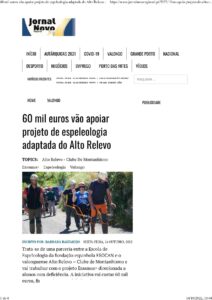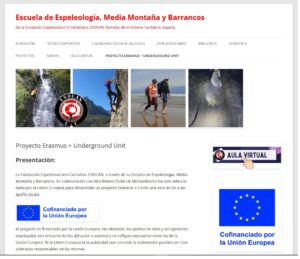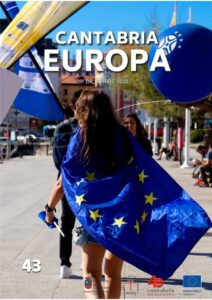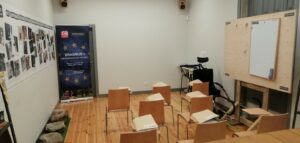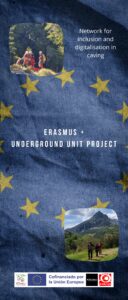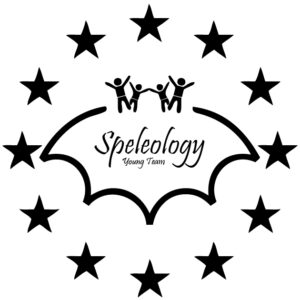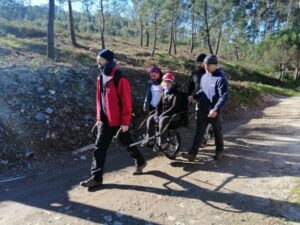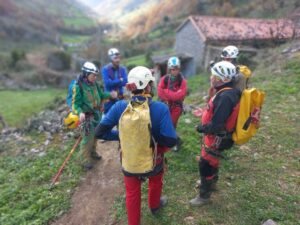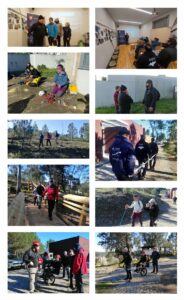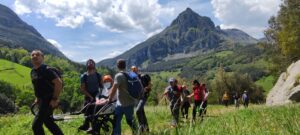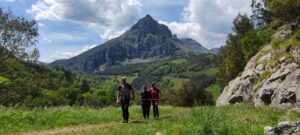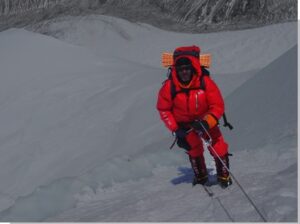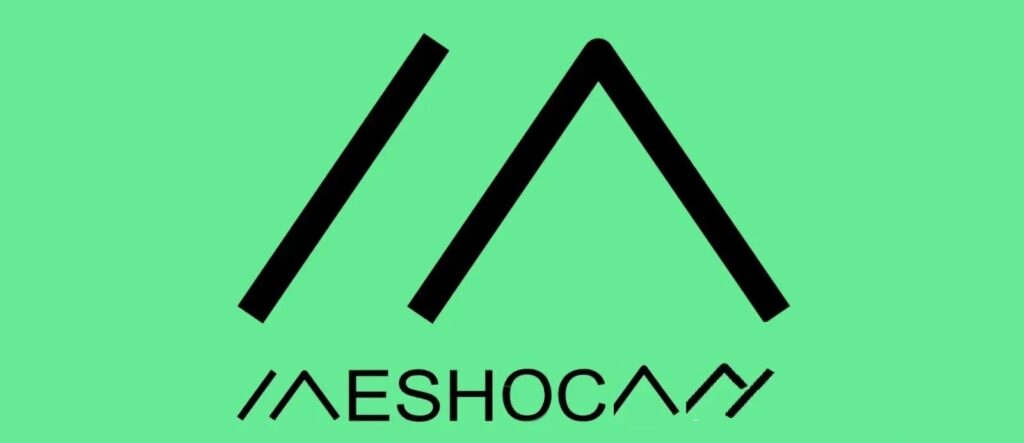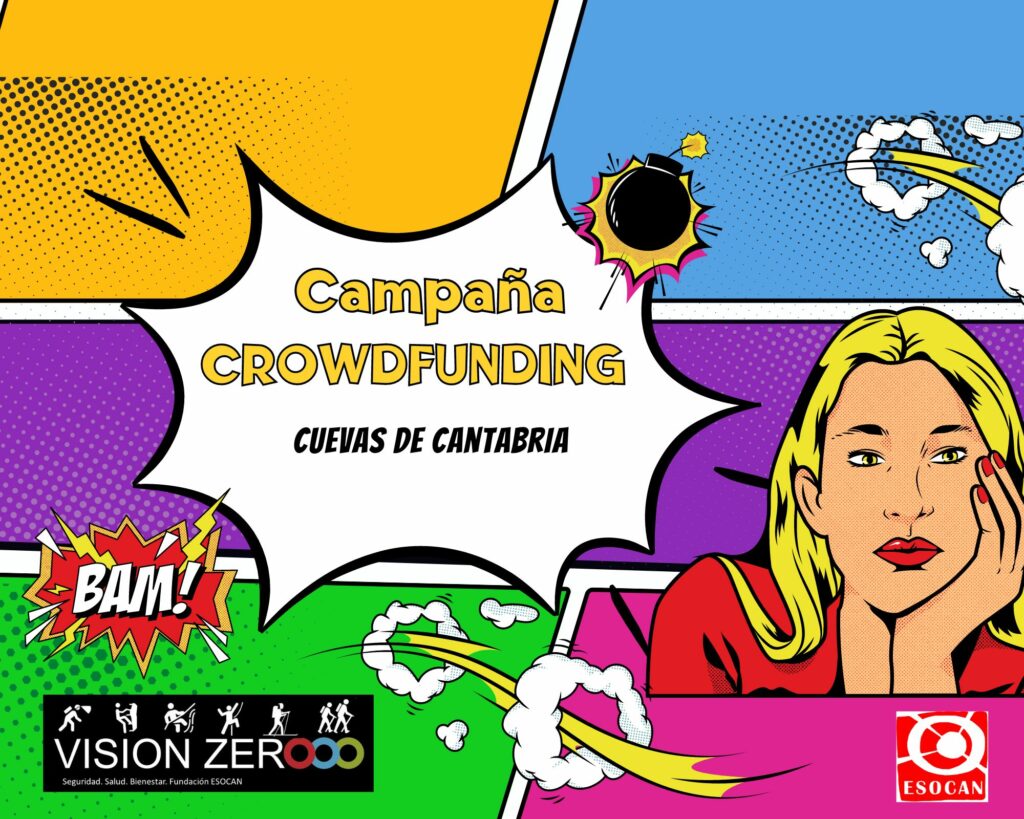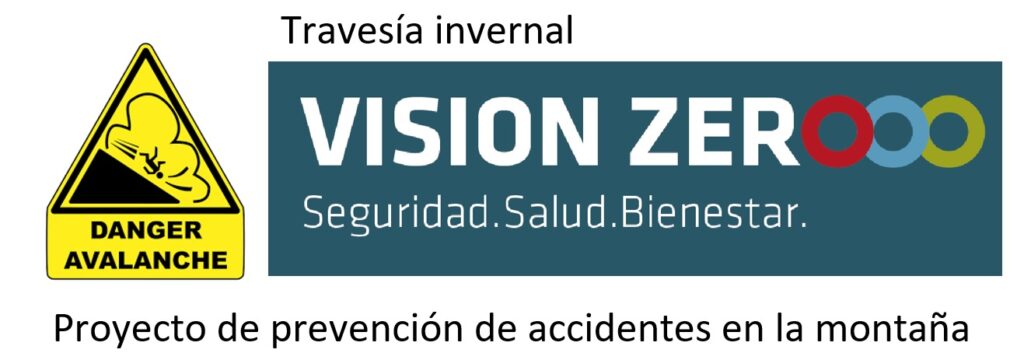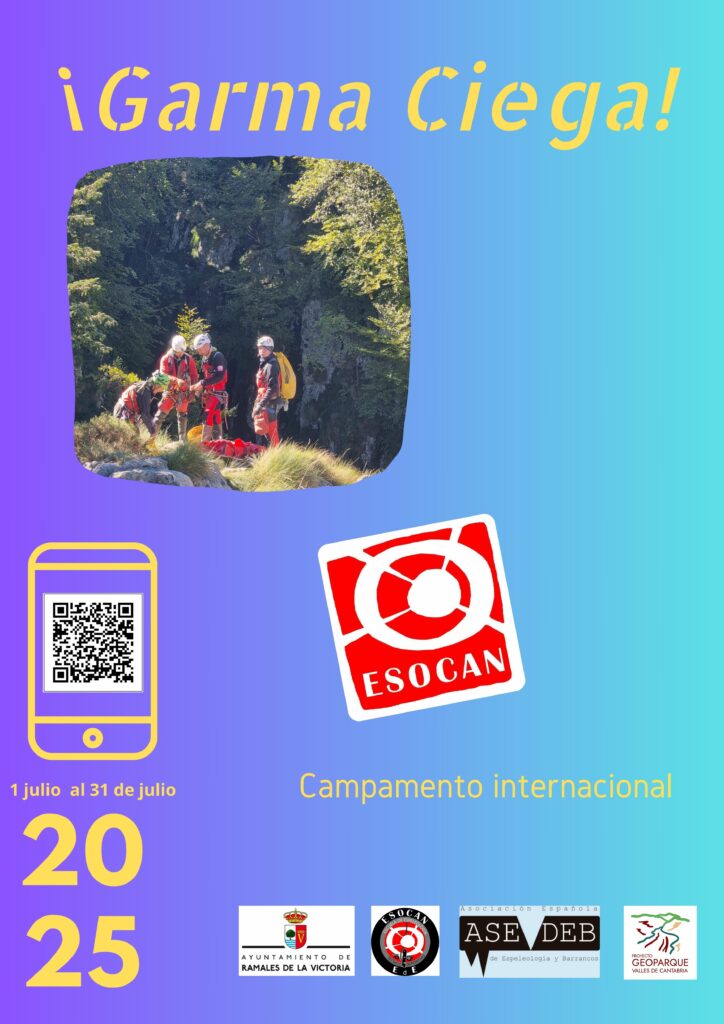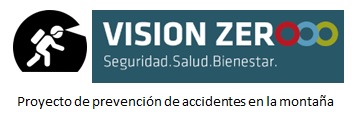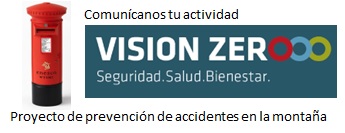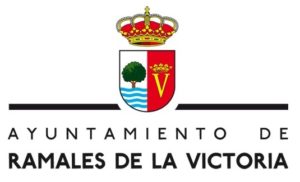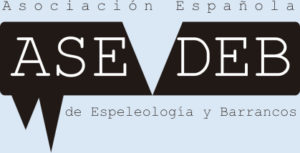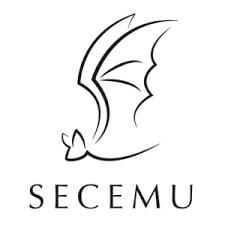Parte III. El modelo del queso suizo.
Introducción.
En la gestión del error/accidente/incidente existen dos enfoques en la fiabilidad del ser humano:
1º.- Enfoque Personal: entiende el error de los individuos como consecuencia de un olvido, falta de atención o debilidad de espíritu. Busca que las personas tomen conciencia de la situación y se las presiona para que cambien su actitud. Se utilizan métodos variados, como campañas de concienciación mediante boletines que apelan a medidas disciplinarias, amenazas o castigos (multas). Además, se sanciona con reentrenamiento (carnet por puntos), nombrando a los involucrados, culpándolos y avergonzándolos. Los seguidores de este enfoque buscan tratar los errores como asuntos morales y asumen que lo malo les sucede a malas personas, o que las fallas les ocurren a las personas torpes. Los psicólogos han llamado a este enfoque la “creencia del mundo justo”

La Creencia en un Mundo Justo:
Malvin J. Lerner, padre de la Teoría del Mundo Justo, afirmaba que las personas: “tienen una necesidad de creer que viven en un mundo donde cada uno, generalmente, obtiene lo que se merece.” .
La creencia en un mundo justo se manifiesta, en forma de sesgo cognitivo (prejuicio), en la idea de que a las personas buenas tenderán a pasarle cosas buenas y, por el contrario, a las personas malas tenderán a pasarle cosas malas. Esta forma de ver el mundo suele mantenerse en gran parte de la población, a pesar de que esto no suela cumplirse.
Supone que «las personas obtienen lo que se merecen», es decir, las acciones tendrán consecuencias moralmente justas y apropiadas para el individuo que las realiza. Por ejemplo, las suposiciones que las acciones nobles finalmente serán premiadas y que las acciones de mal finalmente serán castigadas hacen parte de esta hipótesis.
 El engaño del mundo justo puede considerarse como sesgo cognitivo (prejuicio); es la tendencia a atribuir consecuencias a (o esperar consecuencias como el resultado de) una fuerza universal que restaura equilibrio moral o a una conexión universal entre la naturaleza de las acciones y sus resultados. Esta creencia generalmente implica la existencia de justicia cósmica, destino, providencia divina…… Es a menudo asociado con una variedad de mentiras fundamentales, especialmente con relación al racionamiento del sufrimiento bajo la suposición de que «aquellos que sufren se lo merecen».
El engaño del mundo justo puede considerarse como sesgo cognitivo (prejuicio); es la tendencia a atribuir consecuencias a (o esperar consecuencias como el resultado de) una fuerza universal que restaura equilibrio moral o a una conexión universal entre la naturaleza de las acciones y sus resultados. Esta creencia generalmente implica la existencia de justicia cósmica, destino, providencia divina…… Es a menudo asociado con una variedad de mentiras fundamentales, especialmente con relación al racionamiento del sufrimiento bajo la suposición de que «aquellos que sufren se lo merecen».
La creencia en un mundo justo (CMJ) tiende a culpabilizar a las víctimas de injusticias, haciéndolas responsables de sus padecimientos.
las sociedades más individualistas hacen énfasis en rasgos o disposiciones de las personas por sobre características de la situación o el contexto a la hora de explicar conductas« y tiene, en contextos de conflicto social, la función de control, homogeneización y sumisión, evitando el impacto de mensajes provenientes de una minoría mediante el cuestionamiento de su credibilidad (p. e. explicar el desempleo a partir de ciertas características de holgazanería y poco esfuerzo de individuos de un grupo social).
 Nisbett y Ross sostienen que es más característico de individuos socializados en la ética protestante. El calvinismo, además de estimular la ambición y el individualismo, desarrolla una concepción del yo como agente orientado hacia el mundo, como agente transformador de la realidad más que como sujeto paciente determinado por la sociedad. Farr plantea que el individualismo debe ser analizado, no como un mero fenómeno cultural, sino como una representación colectiva que integra la «ideología del éxito y el fracaso» sobre la base de las concepciones luteranas y calvinistas en las que cada individuo es responsable de sus propias acciones. Estas «representaciones colectivas» propias de occidente y atravesadas ideológicamente que refuerzan la importancia de la responsabilidad de los propios actos, inducirían a prejuicios entre los que se encuentra el del «mundo justo».
Nisbett y Ross sostienen que es más característico de individuos socializados en la ética protestante. El calvinismo, además de estimular la ambición y el individualismo, desarrolla una concepción del yo como agente orientado hacia el mundo, como agente transformador de la realidad más que como sujeto paciente determinado por la sociedad. Farr plantea que el individualismo debe ser analizado, no como un mero fenómeno cultural, sino como una representación colectiva que integra la «ideología del éxito y el fracaso» sobre la base de las concepciones luteranas y calvinistas en las que cada individuo es responsable de sus propias acciones. Estas «representaciones colectivas» propias de occidente y atravesadas ideológicamente que refuerzan la importancia de la responsabilidad de los propios actos, inducirían a prejuicios entre los que se encuentra el del «mundo justo».
La hipótesis sobre la Creencia en el Mundo Justo (CMJ) fue verificada por Melvin Lerner, quien halló en sus experimentos una conjunción de fenómenos en los que aparecía un comportamiento paradójico: a pesar de la experiencia del mal, el sufrimiento y la injusticia, ciertos individuos mostraban una extraordinaria capacidad de ver a aquellos fenómenos como situaciones de carácter anecdótico y en los que se desdibujaba o desaparecía la idea de una probable injusticia de carácter más general en la sociedad.
Tales estrategias cognitivas y argumentativas, que aún constatando el mal, la injusticia y el sufrimiento buscan razones y explicaciones disuasivas de acciones curativas o preventivas, permiten a los individuos confrontar su ambiente físico y social como algo estable y ordenado, en lugar de implicarse en el logro de metas de mejora a largo plazo y en la conducta. De esta manera, la idea-creencia en un mundo justo es una especie de certeza no criticada de que las personas tienen lo que se merecen y se merecen lo que les sucede. Para corregir estas situaciones, las medidas deben basarse en la concepción de que no podemos cambiar la condición humana, pero sí podemos cambiar las condiciones en las cuales trabajan los seres humanos .
2º.- Enfoque Sistémico: se concentra en las condiciones en las que las personas actúan, tratando de construir defensas para prevenir los errores o mitigar sus efectos. La premisa básica en este enfoque es que los seres humanos son falibles y que con seguridad ocurrirán errores, incluso en las mejores organizaciones. Los errores son vistos como consecuencias, más que como causas, y su origen no se encuentra en la malicia de las personas, sino en factores sistémicos de etapas anteriores de los procesos. Se presentan situaciones que favorecen la ocurrencia de errores recurrentes tanto en el lugar de trabajo como en los procesos organizacionales. Por ejemplo, una cuerda en mal estado puede convertirse en una trampa para las personas que la van a usar en una cavidad. El usuario de esa cuerda que sufre un accidente no es culpable, el sistema lo es. Aparece así la idea central de las “defensas del sistema”.
Todas las tecnologías que pueden causar daño al ser humano, poseen barreras y salvaguardas. Cuando ocurre un evento adverso, el aspecto más relevante no es saber quién se equivocó, sino cómo y por qué falló la “defensa del sistema”.
La teoría del queso suizo:
La «teoría del queso suizo» no es nueva. Su autoría corresponde al profesor de la Universidad de Manchester, James T. Reason, que la propuso en 1990 para explicar la causalidad de los grandes accidentes o desastres, en los que falla el sistema como consecuencia de una concatenación de varios factores.
Actualmente, su modelo se utiliza para analizar accidentes de aviación, de ingeniería y otros.
James Reason aportó muchas ideas que condujeron a la construcción de este modelo integrado llamada queso suizo:
- Los accidentes generalmente son causados por la coincidencia o convergencia de múltiples factores.
- Los factores pueden variar desde actos individuales hasta errores organizativos o sistémicos.
- Las fallas que pueden contribuir a un evento catastrófico no tienen un impacto significativo cuando ocurren de forma aislada.
- Los seres humanos son propensos a errores operativos y, por lo tanto, requieren sistemas que estén diseñados adecuadamente para mitigar estos riesgos.

DOMINIOS DE FALLO. Reason planteo la hipótesis de que la mayoría de los accidentes se pueden remontar a uno o más de los cuatro dominios de fallo:
- influencias de organización,
- supervisión,
- condiciones previas y
- los actos específicos.
AGUJEROS Y CORTES. En el modelo de queso suizo, las defensas de una organización contra los incidentes/accidentes se modelan como una serie de barreras, representadas como rebanadas de queso. Los agujeros en las rebanadas representan debilidades en partes individuales del sistema y están variando continuamente en tamaño y posición a través de los cortes. El sistema produce fallos (agujeros) cuando un agujero en cada rebanada se alinea momentáneamente, da lugar a «una trayectoria de oportunidad de accidente», de manera que un peligro pasa a través de los agujeros en todas las rebanadas, pudiendo producir un incidente/accidente.
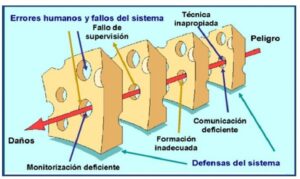
FALLAS ACTIVAS Y LATENTES
En este modelo se distinguen los errores propios del comportamiento humano, los errores activos, de los errores estructurales del diseño de los procesos, los errores latentes.
LAS FALLAS ACTIVAS son los actos inseguros realizados por deportistas que se encuentran en los diferentes procesos (organización de la ruta) o en la propia actividad. Se presentan en formas variadas: deslices, lapsus, torpezas, tropiezos, errores y violaciones de procedimientos.
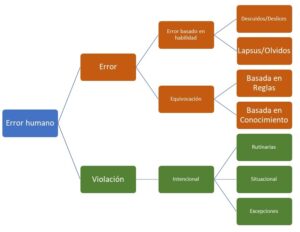
Las organizaciones establecen de forma natural las barreras para impedir que las amenazas exteriores al sistema puedan llegar a causar daño.
Estas barreras que se van construyendo dentro del proceso son imaginadas por el autor como rebanadas de queso suizo con agujeros.
FALLAS LATENTES son los inevitables «peligros inherentes a su actividad» dentro del sistema. Surgen de decisiones tomadas por diseñadores, constructores, redactores de procedimientos y la gerencia de alto nivel. Tales decisiones pueden ser erróneas, pero no es necesario. Todas estas decisiones estratégicas tienen el potencial de introducir patógenos en el sistema.
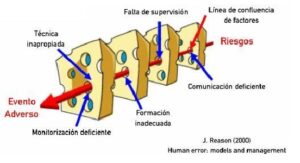
Las condiciones latentes tienen dos tipos de efectos adversos: pueden traducirse en condiciones que provocan errores dentro del lugar de trabajo local (por ejemplo, presión de tiempo, falta de personal, equipo inadecuado, fatiga e inexperiencia) y pueden crear agujeros o debilidades duraderas en las defensas (poco confiables alarmas e indicadores, procedimientos inviables, deficiencias de diseño y construcción, etc.). Las fallas latentes, como sugiere el término, pueden permanecer inactivas dentro del sistema durante muchos años antes de que se combinen con fallas activas y desencadenantes locales para crear una oportunidad de accidente.
A diferencia de los errores activos, cuyas formas específicas de presentarse son difíciles de prever, las condiciones latentes pueden ser identificadas y corregidas antes de un evento perjudicial. La comprensión de este enfoque conduce a la gestión de riesgo pro activa (preventiva) en vez de reactiva (correctiva)
Los agujeros corresponden a los errores activos y errores latentes, que existen en cualquier proceso, y que continuamente se están abriendo, cerrando y cambiando de ubicación. Cuando se “alinean” hacen que la amenaza se materialice, produciendo daños.

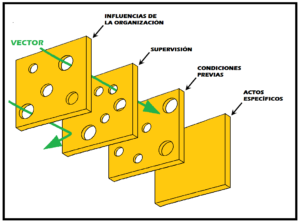
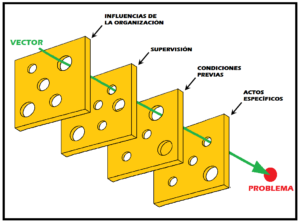 EL MODELO SISTÉMICO DEL QUESO SUIZO
EL MODELO SISTÉMICO DEL QUESO SUIZO
En estos procesos pueden existir peligros que no han sido identificados y riesgos que no se han gestionado correctamente. Muchas veces se aceptan los desvíos de las especificaciones como naturales, pero se trata de condiciones latentes del sistema que están presentes antes del accidente o de la falla del proceso. Además, existen factores que influyen de forma directa en la eficiencia de las personas en los lugares de trabajo (estabilidad de la fuerza laboral, competencias y experiencia, motivación, credibilidad, ergonomía), y acciones o inacciones de las personas que trabajan en los procesos (ingenieros, supervisores, mecánicos, personal operativo, por ejemplo) que pueden tener un efecto adverso inmediato (errores o violaciones a los procedimientos).
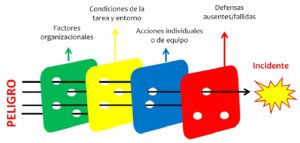
ESTRUCTURA REAL DEL MODELO DEL QUESO SUIZO
El modelo de Reason sugiere interponer en el camino del peligro las barreras (nuevas láminas de queso) y da lugar a distintos tipos de acciones preventivas / correctivas.
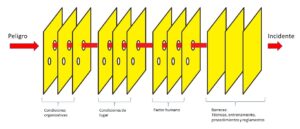 En la estructura representativa de Reason, el modelo explica que cualquier componente de una organización puede considerarse como un segmento (rebanada) de queso. La administración de riesgos es un segmento (rebanada), la asignación de recursos es otro segmento, infraestructura, programa de seguridad, controles de calidad, programas de formación y entrenamiento, soporte operativo, cultura, liderazgo, todos los elementos de control de un sistema comprenden a las rebanadas de Queso Suizo.
En la estructura representativa de Reason, el modelo explica que cualquier componente de una organización puede considerarse como un segmento (rebanada) de queso. La administración de riesgos es un segmento (rebanada), la asignación de recursos es otro segmento, infraestructura, programa de seguridad, controles de calidad, programas de formación y entrenamiento, soporte operativo, cultura, liderazgo, todos los elementos de control de un sistema comprenden a las rebanadas de Queso Suizo.
Sin embargo, estos elementos no son perfectos. tienen defectos y debilidades. Y cada uno de estos componentes que se representa como rebanadas de queso suizo tienen agujeros que van a representar a sus deficiencias.
Si estas debilidades se alinean en cada segmento, es decir, un «agujero» común en cada capa, se liberara el peligro latente y se tendrá un desastre o accidente.
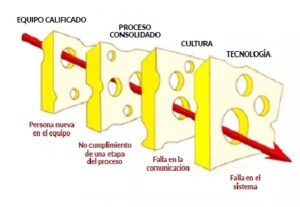
El modelo del queso suizo aplicado a los deportes en la naturaleza:
La Gestión de Riesgos, es una metodología que enfoca el error desde dos perspectivas: la primera, de manera retroactiva, cuando ya ocurrió el incidente, para evitar que se vuelva a presentar, y la segunda, trata de identificar los riesgos antes de que se presente el evento adverso, es decir de manera proactiva, para hacer posible su prevención.
La metodología que proponemos se basa en el Protocolo de Londres, que sigue el modelo organizacional de causalidad de errores e incidentes propuesto por James Reason para actividades sanitaras, en el que se acepta la teoría de la multicausalidad en la génesis del evento adverso.
 En nuestro caso planteamos un enfoque proactivo de prevención de incidentes.
En nuestro caso planteamos un enfoque proactivo de prevención de incidentes.
La ingeniería civil ha sido pionera en el análisis de accidentes y sus causas, ya que a través de la historia se han presentado gran cantidad de desastres en infraestructura civil, con repercusiones dramáticas en vidas humanas, pérdidas materiales y económicas. Esto ha generado gran cantidad de literatura al respecto que permite el enfoque de los accidentes desde diversas perspectivas.
En todo sistema el eslabón más difícil de trabajar es el factor humano, y es donde se decide el éxito o fracaso del sistema. Por ello, se debe contextualizar al ser humano como un eslabón más y no como el sistema en sí. De esta forma se alcanzarán evaluaciones más justas. El culpar a las personas involucradas provoca un doble efecto negativo. Por un lado lesiona, en ocasiones injustificadamente, al personal insertado en el sistema operacional, y por otro, esconde las causas reales del accidente lo que permite que permanezcan latentes en espera de una nueva manifestación en otro evento adverso.
Esto no significa que se deba desvincular el protagonismo de las personas en la práctica de los deportes en la naturaleza, sino todo lo contrario, darles su justo lugar para tomar las medidas preventivas oportunas, como puede ser adecuar los descansos, la formación, un chequeo médico, refrescar sus habilidades y conocimientos, y cualquier otro mecanismo que permita una mejor participación del componente más vulnerable y más importante, el componente humano.
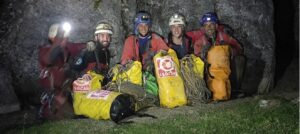 Como se ha visto anteriormente la seguridad sistémica se compone de cuatro bloques funcionales.
Como se ha visto anteriormente la seguridad sistémica se compone de cuatro bloques funcionales.
Factores organizacionales: bloque donde se toman las decisiones de planificación de la actividad y los procesos organizativos. (Fallas latentes)
Condiciones de la tarea/entorno natural: bloque donde se establecen las condiciones del sistema que incluye las condiciones del medio exterior. (Condiciones que predisponen a ejecutar acciones inseguras)
Acciones individuales o del equipo: (acciones inseguras) donde se producen los errores, las violaciones y los fallos de la técnica. (Fallas activas)
Barreras y defensas: es el bloque de barrera o filtrado en donde se quedan todas las acciones o sucesos que pueden llevar a un accidente.
A continuación veremos estos bloques y su influencia en la práctica deportiva en la naturaleza.
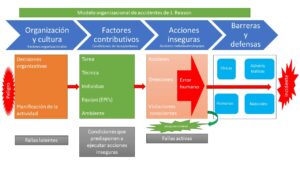 Factores organizacionales (fallas latentes).
Factores organizacionales (fallas latentes).
Son la primera tajada de acuerdo al modelo de queso suizo. Forman parte de las acciones previas o posteriores a la actividad.
Se pueden dividir en 16 factores:
Equipos: en este factor trabajamos con información de los materiales colectivos a utilizar en la actividad. (cuerdas, conectores….)
Organización: aquí se contempla la planificación de la actividad y composición del grupo y sus roles.
Gestión del mantenimiento: está relacionada con la limpieza, mantenimiento y revisión de los equipos. (Revisión de EPI’s, reposición y vida útil….)
Influencia regulatoria: desconocimiento de las normas que afectan a la actividad (permisos, marcado CE, seguros RC etc)
Metas incompatibles: en este factor entran en juego aspectos de la planificación como son horarios, desniveles, etc y su relación con la composición del grupo.
Comunicación: ¿todos los miembros de grupo conocen los objetivos de la ruta, materiales necesarios, conocimientos técnicos mínimos, forma física requerida? etc. ¿Existen canales de comunicación de calidad, fiables y actualizados sobre el estado de las travesías, instalaciones, niveles de agua etc?
Diseño: en este capítulo se contempla las equipaciones fijas de cavidades, barrancos, vías ferrata etc.
Gestión de contratistas: por ejemplo para el transporte, guías, monitores etc.
Mantenimiento de vehículos: el incidente se puede producir in itínere como consecuencia de un problema con el medio de transporte.
Entrenamiento y prácticas: está relacionado con las capacitaciones, habilidades y destrezas que se tienen o que se deben tener en función a la actividad planteada (autosocorro, instalación, anclajes, primeros auxilios, orientación etc).
Procedimientos: se tienen claro a nivel individual y de grupo cómo se instala una cavidad, gestión de roces, rapel recuperable, pasamanos recuperable, técnicas alpinas/ligeras (contexto y limitaciones). Material y organización del mismo en los petates etc.
Gestión del riesgo: se contemplan a priori los riesgos de la actividad planteada (caídas en altura, atrapamientos por agua, caídas de piedras, meteorológicos, pasos estrechos, meandros desfondados, eliminación de roces, cabeceras cómodas y seguras, gestión de caos de bloques, balizamientos etc.)
Aprendizaje continuo: sin duda uno de los factores clave a la hora de salir con éxito de la zona de confort, avanzar y ampliar el nivel de la actividad.
Además a nivel de clubes/federaciones se pueden contemplar los siguientes factores colectivos:
Cultura organizacional:
Sistemas de gestión:
Gestión del cambio:
 Acciones planteadas desde la Fundación ESOCAN:
Acciones planteadas desde la Fundación ESOCAN:
Dentro de este proyecto Visión Zero Espeleo nos comprometemos a poner a disposición del colectivo una serie de barreras que ayuden a una práctica de la espeleología sensata, segura y respetuosa con el medio natural. Concretamente pretendemos incidir sobre estos factores:
Organización: a través de nuestro programa Planifica tu Actividad proponemos una serie de recomendaciones, listas de chequeo y consejos de cara a facilitar una correcta planificación. https://espeleosocorro.es/vision-zero-planifica-tu-actividad/
Gestión del mantenimiento: hemos creado un sencillo protocolo asociado a un formulario web que nos ayudará a realizar una revisión de nuestro equipo personal y dejar archivo del mismo para revisiones sucesivas. https://espeleosocorro.es/revision-de-equipos-vision-zero/
Comunicación: el intercambio de información rigurosa, fiable, actualizada y útil del estado de las travesías clásicas, solo es posible si se crean canales de comunicación y una red colaborativa de deportistas involucrados en la cultura de la seguridad. Para ello hemos creado un formulario web y un espacio dentro de nuestra página en la que poder compartir y consultar estas informaciones: https://espeleosocorro.es/vision-zero-buzon-de-incidencias-y-actividad/
Diseño: en este factor nos comprometemos a llevar a cabo un plan de mantenimiento preventivo del estado de las instalaciones fijas (descuelgues, cuerdas etc) de las travesías clásicas, siempre dentro de nuestras posibilidades y generar sinergias de colaboración con otras instituciones preocupadas por esta situación.
Gestión del riesgo: a medio largo plazo nos comprometemos a realizar análisis del riesgo de las travesías clásicas y ponerlo a disposición de los deportistas bajo la licencia Creative Commons Reconocimiento-No Comercial.
BIBLIOGRAFÍA:
IDENTIFICACIÓN DE RIESGOS ASOCIADOS A UN MODELO ORGANIZACIONAL DE CAUSALIDAD DE EVENTOS ADVERSOS. Guadalupe Chávez Vásquez, María del Carmen Dubón Peniche Celia Luz González Fernández. Universidad Nacional Autónoma de México.
https://es.wikipedia.org/wiki/Hip%C3%B3tesis_del_mundo_justo
Elena Zubieta y Alicia Barreiro. Percepción social y creencia en el mundo justo. REVISTA DE PSICOLOGÍA Vol. XXIV. Segundo semestre 2006 N° 2
http://ginobaldissare.com/modelo-queso-suizo-comercio-exterior/
Modelo de queso suizo. Investigación, Elaboración y Diseño: Juan C. Cordero S. – Director de entrenamiento. APSSOMA – Asociación Peruana de Seguridad, Salud Ocupacional y Medio Ambiente


